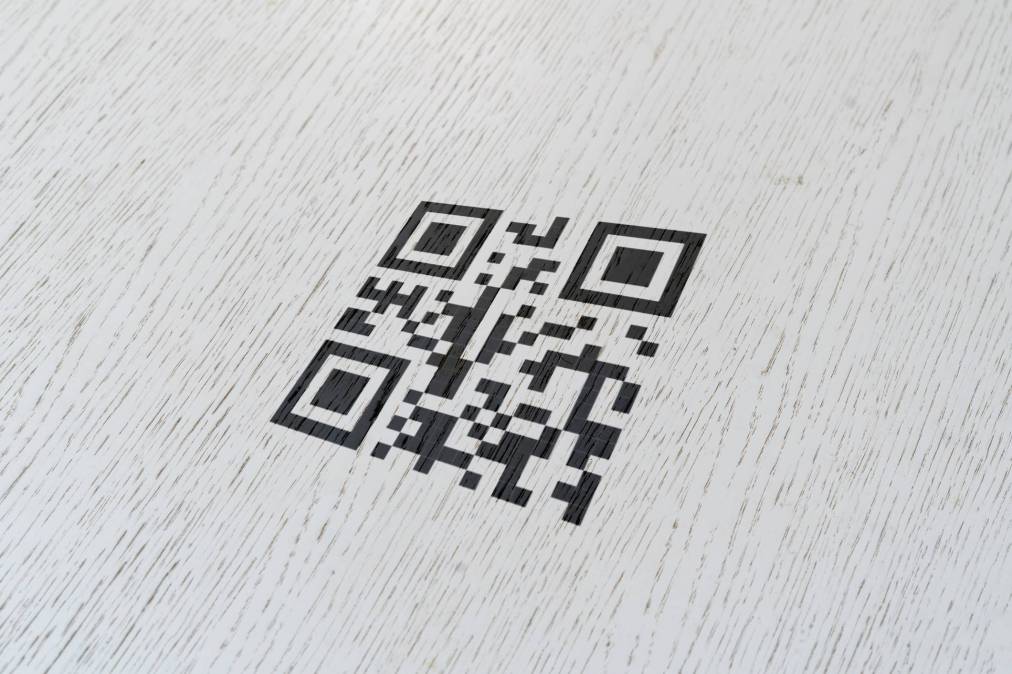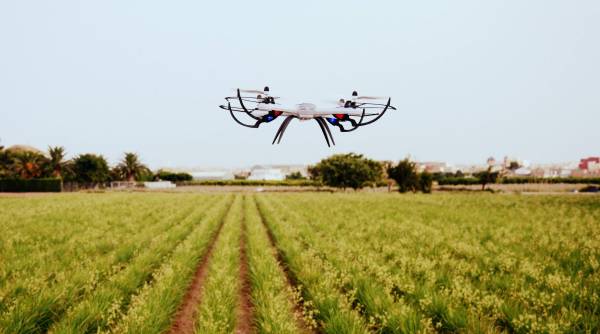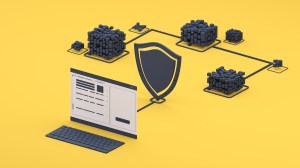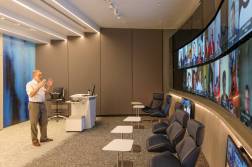Classroom QR codes boost contact tracing at U. Maryland

The University of Maryland recently began using QR codes to collect data on where students sit to support its COVID-19 contact-tracing efforts.
When a student scans a classroom QR code at the College Park university, information — including time, date and student ID number — is sent to the university’s health services department. If there is a confirmed case of coronavirus exposure, health services can use the information collected to support its contact tracing efforts.
Each room is outfitted with QR codes based on their capacity: In large lecture halls, QR codes are placed for each seat, but in smaller rooms the codes are attached to seating zones.
When county health officials asked for the university to develop a system for classroom contact tracing, the QR code solution avoided the need for instructors to develop seating charts or pass around attendance sheets in class, said Marcio Oliveira, the university’s assistant vice president of academic technology and innovation.
“If we think about a classroom of 250 students, the students sometimes show up late,” he told EdScoop. “If the students arrive a little bit late, the sheet has passed already and [they] have to scramble to find it.”
Oliveira said instructors are encouraged to remind students ahead of class about checking in. An independent system directly connected to health services also frees up students to use the system without fear that their attendance will be shown to the instructor or used for grading, he added.
The university will delete unused data within 28 days, according to its website, though “anonymized and summary data may be retained for longer periods to assist campus COVID-19 response efforts.” Oliveira said he expects the QR codes to be in the majority of classrooms by the end of the week.
QR codes became popular during the coronavirus pandemic to encourage social distancing practices, for example scanning a link to a menu instead of a paper copy at a restaurant. The University of Maryland is one of few institutions using the codes on a classroom level for contact tracing.
Higher education institutions are widely using mobile apps, meanwhile, to manage the pandemic on campus, asking students to check in with any symptoms before coming to campus or to upload vaccination cards through the app.




